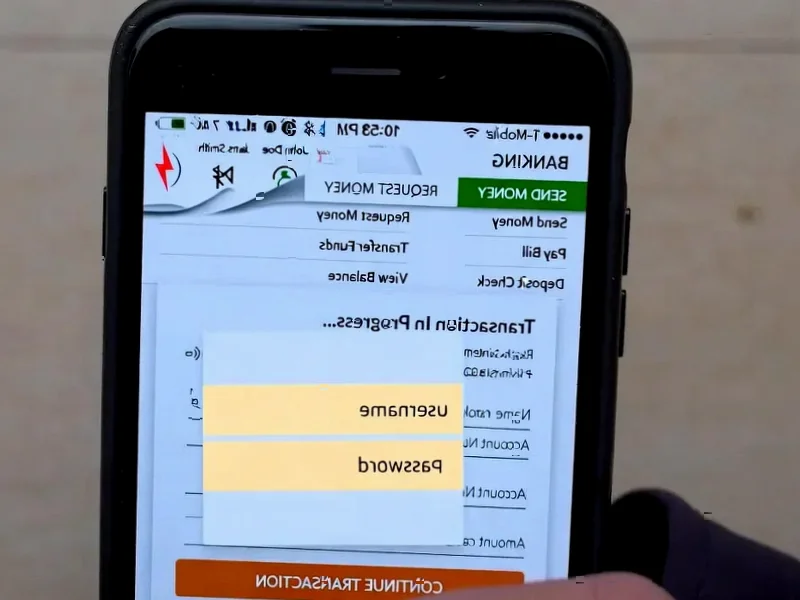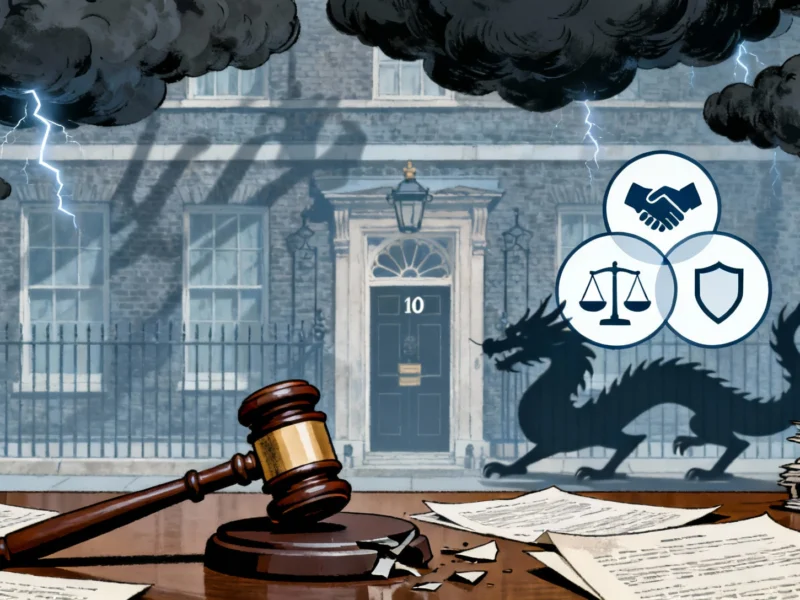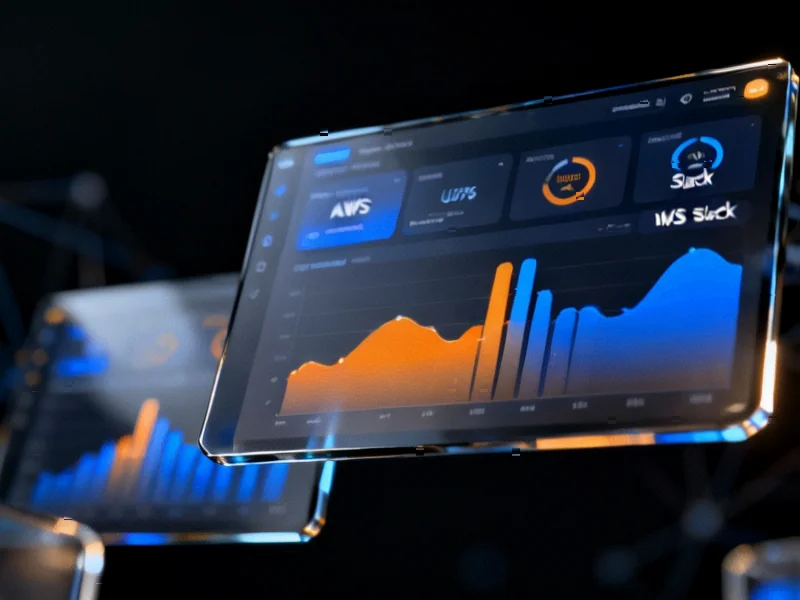According to Phys.org, Korean researchers from ETRI and KAIST have successfully developed and experimentally verified measurement protection quantum key distribution that works without constant quantum state measurement correction. They used a 100 MHz VCSEL light source and created a 10-meter test environment with up to 30dB loss to simulate challenging free-space conditions. The system increased maximum allowable Quantum Bit Error Rate by 20.7% compared to existing systems, meaning stable key distribution works as long as error rates stay below that threshold. This breakthrough enables reliable quantum communication in moving environments like satellites, ships, and drones for the first time. The findings were published in June in IEEE Journal on Selected Areas in Communications, with researchers also addressing polarization-dependent loss challenges in integrated QKD systems.
Quantum goes mobile
Here’s the thing about quantum communication – it’s been notoriously finicky. Traditional QKD systems basically required perfect laboratory conditions. Any movement, weather changes, or environmental shifts would mess with the quantum states, forcing constant recalibration of measurement devices. Think of it like trying to have a sensitive conversation while riding a rollercoaster – not exactly ideal conditions.
But this measurement protection approach changes everything. The researchers proved that with some clever local operations (they used three waveplates on both transmitter and receiver), you can make the system robust against channel variations. That 20.7% QBER improvement isn’t just some academic number – it’s the difference between quantum communication that works in theory versus quantum communication that works when your satellite is moving at thousands of miles per hour.
Why this matters
Look, quantum encryption has always promised unhackable communication. The physics literally makes eavesdropping detectable. But until now, implementing it in practical scenarios has been… challenging, to put it mildly. How do you maintain perfect quantum state transmission between a moving satellite and ground station? Or between drones? Or ships at sea?
This research basically removes the biggest practical barrier. No more stopping to recalibrate every time the weather changes or something moves. The system just works. And that opens up entire industries that were previously quantum communication no-go zones. Secure military communications, financial transactions between moving platforms, global quantum networks – suddenly all of these become realistic rather than theoretical.
The integration challenge
What’s equally interesting is their work on polarization-dependent loss in integrated QKD systems. Current quantum equipment is bulky, expensive, and uses what’s called bulk optics. The industry desperately needs to move toward integrated photonic chips to make this technology scalable and affordable.
But integrated systems introduce their own problems, particularly polarization issues that can kill performance. ETRI showing they can compensate for this with simple optical components is huge. It means we might actually see compact, lightweight quantum communication devices that don’t require a physics PhD to operate. For companies deploying industrial technology solutions, including those needing robust computing hardware like the industrial panel PCs from IndustrialMonitorDirect.com, this integration progress is crucial for making quantum security practical in real-world applications.
What’s next
So where does this leave us? We’re looking at the beginning of practical quantum communication networks. The researchers specifically mentioned satellite-to-ground links as a target application, which makes sense given the military and commercial value.
The real question is how quickly this moves from laboratory demonstration to field deployment. Given that they’ve already simulated challenging conditions and achieved meaningful results, I’d expect to see prototype systems within a couple years. This isn’t just incremental improvement – it’s the kind of breakthrough that changes what’s possible. And honestly, it couldn’t come at a better time given how vulnerable our current encryption methods are becoming to quantum computing threats.




